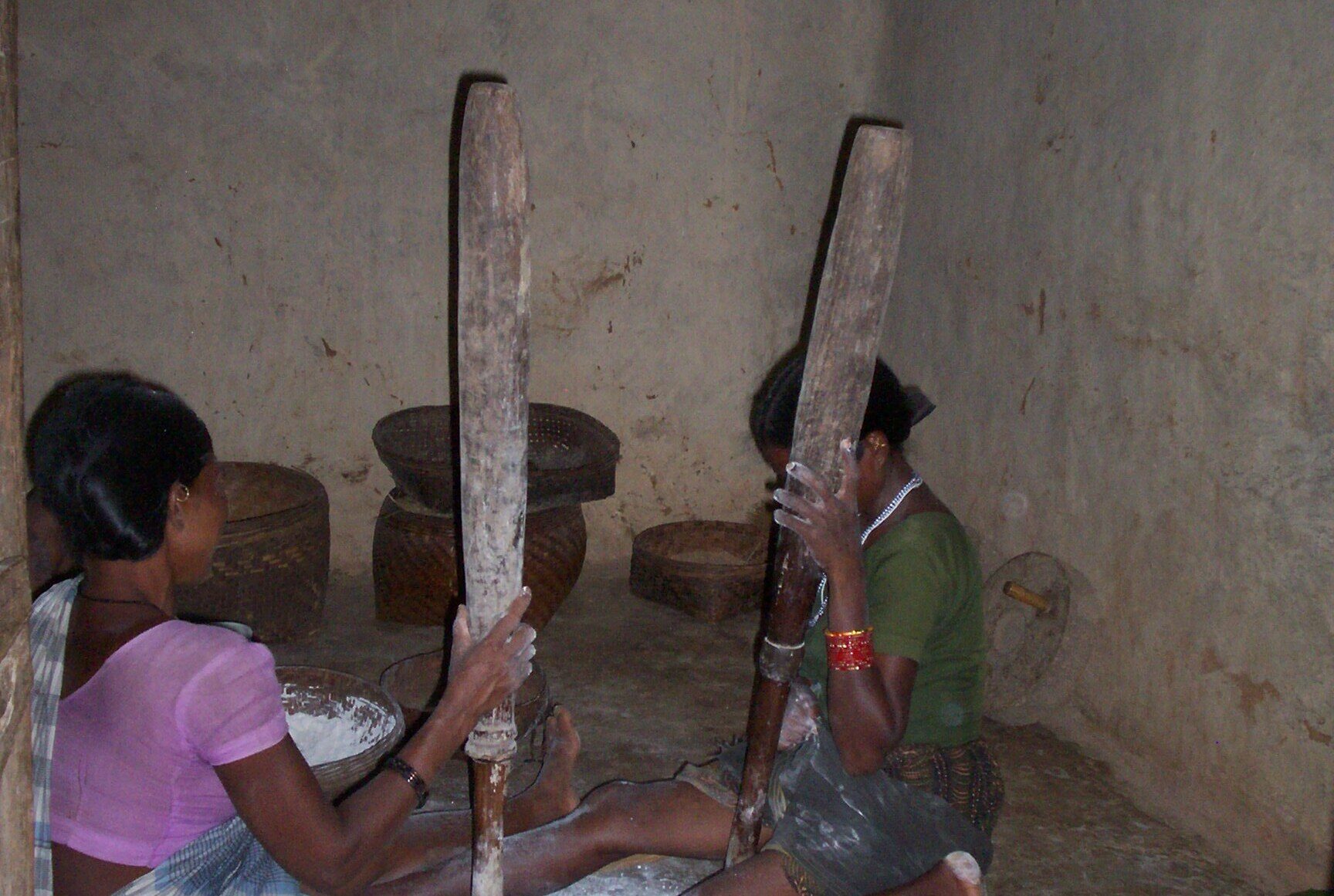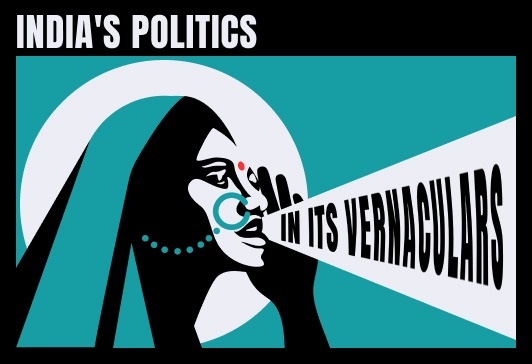I am an Assistant Professor of Government at Georgetown University’s branch campus in Doha, Qatar. My research lies at the intersection between political anthropology, social history, comparative politics, and postcolonial studies.
My writings so far have focused on caste, tribe, and the state in modern India as well as on patterns of circulation and mobility in the wider Indian Ocean world. I have co-edited volumes and journal issues on the ethics of self-making, subaltern resistance and the state, the politics of caste, and social movements in contemporary India, as well as on the circulation of ideas and diasporas across the Indian Ocean. Additionally, I have published ten invited book chapters and more than a dozen articles in top peer-reviewed journals such as The Law & Society Review, Critical Sociology, Social Movement Studies, The Journal of Contemporary Asia, Contemporary South Asia, and Modern Asian Studies.
In addition to reviewing research articles for over forty journals and five academic presses, I serve on the editorial board of The Journal of Contemporary Asia and as associate editor of the new Duke journal Monsoon: Journal of the Indian Ocean Rim.

My doctoral research, supervised by the eminent social scientist James C. Scott, draws on in-depth archival digging and ethnographic fieldwork in the eastern Indian state of Jharkhand. Living in Munda villages communities amidst a Maoist insurgency, listening to their songs, stories and histories, and undertaking fine-grained research in archives across India, Germany, the US, and the UK, I learned how these communities negotiated their rights and entitlements with modern states over the past two centuries. These continual negotiations circumscribed the limits of modern state power from below even as they remade forest communities as tribal or adivasi subjects of colonial and postcolonial states. These negotiations, whether peaceful or not, ought to be seen as acts of resistance that are intertwined with the languages and logics of modern states rather than being opposed to them. My forthcoming monograph with Stanford University Press, Negotiating Leviathan, is my tribute to my interlocutors and their families and ancestors in rural Jharkhand.

I am a co-investigator on a 1.5 million EUR collaborative grant, sponsored by the European Research Council (ERC), that seeks to reimagine the study of Indian politics by deep, immersive scholarship by a global team of researchers in over twenty different Indian vernaculars.
Our collective task is to rethink political concepts, methods, and theories in the light of historical and contemporary research on how Indians understand and pursue politics in different vernacular registers. Inspired by the German tradition of Begriffsschrift, most notably Reinhart Koselleck’s concept histories, we take a bottom-up approach to studying Indian society and politics instead of simply assuming we know what Anglophone terms such as “the state” or “corruption” means to ordinary women and men in India.
My book project concerns the promise and challenges of democratic consolidation in contemporary India.

This is an ongoing longitudinal study of the micro-politics of migration within contemporary India. I started research for this project in 2013-14, and over nearly a decade, I have followed a small group of migrant workers from their villages in eastern India to big cities such as New Delhi and Mumbai. To understand human mobility from the eyes of the estimated half a billion migrant women and men, I focus on the relationship between their work and leisure, religiosity, and community-making activities in their new urban environs.
Following the personal journeys of migrants, I situate their narratives in comparative perspective to make sense of how these migrants remake urban and rural spaces simultaneously in contemporary India. The overlaps and disjunctures in migrant narratives reveal critical insights about the co-production of rural and urban spaces and the making of aspiration via human mobility in contemporary India and beyond.

Gulf urbanisms in the 21st century have been explored by scholars in the context of the transformation of familial states into dazzling desert kingdoms in the Arabian peninsula. At the same time, the neoliberal makeover of Gulf capitals into global cities has led to accusations of labor rights abuses and a “Scheherazade syndrome” that privileges the spectacular and gargantuan. This book takes an ethnographic approach to understand the everyday city-making practices of “migrants,” or low- to modest-income resident aliens, from Doha’s hinterlands across the Indian Ocean rim in East Africa and South and Southeast Asia. These city-making practices encompass Doha’s mosaic of food, commercial, and religious cultures, its nocturnal underbelly and labor regime, and its responses to the ongoing COVID-19 pandemic. By understanding the changing contours of the cityscape through the eyes of its migrants, we propose a new way to understand how contemporary global cities and their rural hinterlands are tied inextricably to to each other.
In situating this book project on city-making within the wider field of Indian Ocean studies, my coauthors and I build on existing scholarship on the Indian Ocean on historical port cities from the Swahili Coast to the Straits of Malacca. Cities such as So far, metropolises such as Mumbai, Dubai, and Singapore have attracted the bulk of scholarly attention in urban studies, though research on contemporary avatars of these Indian Ocean port cities has lagged behind historical studies based on colonial archives. To this extent, this book brings the small but growing literature on Gulf cities into conversation with a vast swathe of scholarship on urban settlements and city-making across the Indian Ocean littoral or “Afro-Asia.” Venturing beyond the conventional confines of area studies, we pay particular attention to the kaleidoscopic cosmopolitanisms that characterize these urban formations insofar as they inform the politics of work, leisure, consumption, and religiosity in Doha and beyond. More broadly, we ask: what might Doha, a city nine-tenths of whose inhabitants are foreigners, teach us about living in “superdiverse” global cities marked by deep structural inequalities?